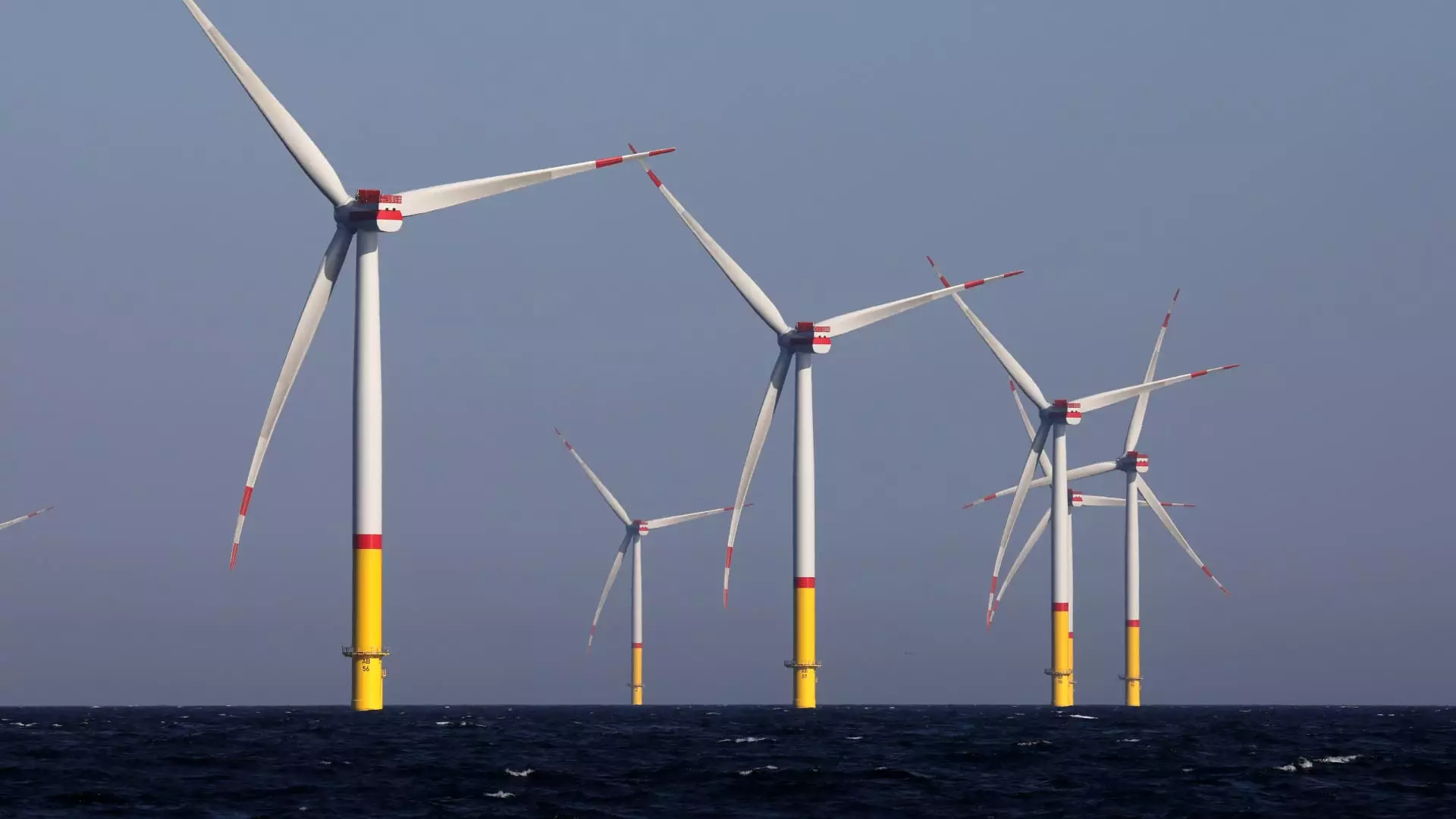In a landscape rife with political battlefield skirmishes, the Empire Wind 1 project emerges as a critical nexus between environmental progress and governmental interference. As Norwegian energy company Equinor gears up to resume construction on its first offshore wind farm in New York, the stakes could not be higher. This wind farm promises not just to deliver renewable energy directly to the densely populated New York City, but also plays a pivotal role in setting the future trajectory for energy within the United States. However, the project has endured unnecessary setbacks due to politicization at the highest levels, a disturbing repeat in the ongoing struggle for clean energy advancement in America.
Political Interference and the Muddied Waters of Approval
The recent lifting of a construction halt, originally initiated by Interior Secretary Doug Burgum under the Trump administration, underscores a significant flaw in how energy projects are navigated at the federal level. The contradictory stance of the Trump administration, which historically sought to establish energy dominance through fossil fuels while undermining renewable initiatives, raises profound concerns. Burgum claimed the halt was necessary due to alleged rushed approvals by the Biden administration, claiming insufficient analysis and consultation were undertaken. Yet, this assertion veers dangerously close to blatant political posturing rather than a substantive concern for environmental impact.
This inter-institutional tug-of-war hinders investor confidence and raises existential questions about the commitment to clean energy transitions. The optics of a project being derailed by the whims of political elites, rather than genuine environmental considerations, forces the public to confront an uncomfortable realization: our energy future may rest too heavily in the hands of those unconcerned with scientific consensus or the urgent needs of our planet.
Empire Wind: A Symbol of Economic Viability
Beyond its environmental implications, Empire Wind 1 serves as a cornerstone for economic progress as well. New York Governor Kathy Hochul has communicated the project’s promise for creating 1,500 union jobs, aligning it with the growing populist sentiment that the transition to renewable energy must also guarantee job security. The atmosphere generated by this investment reflects a broader strategy—unions supporting green jobs not only secure livelihoods but also empower working-class citizens, echoing the principles of center-wing liberalism that prioritize equity and inclusivity.
However, this progressive vision becomes tainted when power struggles threaten the project’s integrity. Construction was initially halted on April 16, raising fears among stakeholders and potential investors about the viability of other wind projects nationwide. This could give rise to a chilling effect within the renewable sector, undermining years of hard-won progress and effort.
Defiance Against a History of Hostility
Equinor’s commitment to Empire Wind is starkly ironic when viewed through the lens of Donald Trump’s historical aversion to wind energy. His derogatory remarks regarding wind turbines—highlighting concerns over avian casualties and financial inefficiency—crystallize a fundamental disconnect between reality and rhetoric. On his first day in office, Trump initiated an executive order aimed at restricting offshore wind leases, reflecting an agenda systematically hostile to renewable energy initiatives.
Such antagonism toward wind energy starkly contrasts with the reality of rising fossil fuel costs and climate change-driven disasters. The tangible benefits of a clean energy future should trump populist and superficial critiques that appear based on aesthetic preferences rather than grounded in ecological facts or economic soundness.
A Fragile Coalition for the Future
Despite the disheartening political climate, a coalition is emerging. Though New York may have a historical reticence toward new natural gas projects, the necessity for a diversified approach to energy means we must remain open to potential partnerships. Hochul’s equanimity and collaborative approach with the Biden administration and private entities suggest a forward-looking stance, one that prioritizes law-abiding action over political grandstanding.
On the other hand, projects like Empire Wind hinge on the prevailing will of the government and the larger public sentiment toward renewable energy. Investors, utility companies, and energy advocates are watching as they weigh future prospects against the backdrop of political volatility and resistance.
As we peer into the future, it becomes abundantly clear that the clash between environmental progress and political intrigue will continue to define the American energy landscape. For Empire Wind 1 and similar initiatives to reach their full potential, we must infuse our political dialogues with urgency and prioritize sustainable development over divisive, self-serving tactics aimed solely at political gain. Only then can we hope to harness the powerful winds of change for a more sustainable future.


Leave a Reply